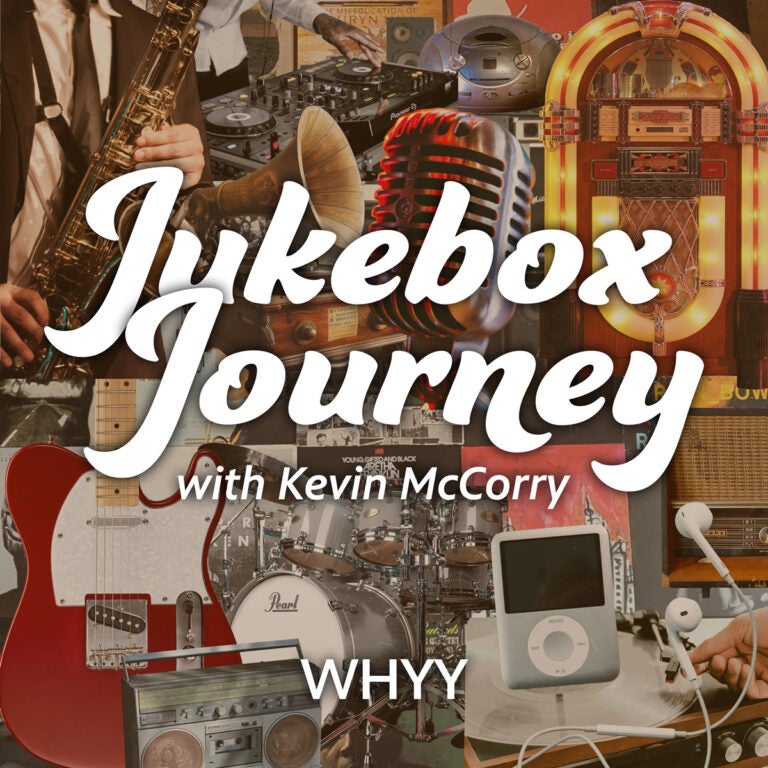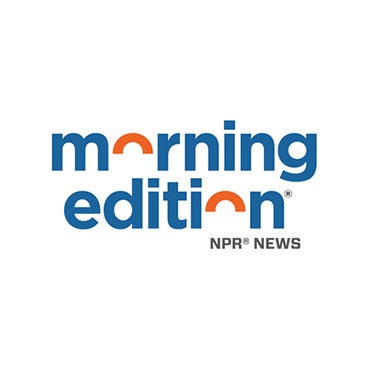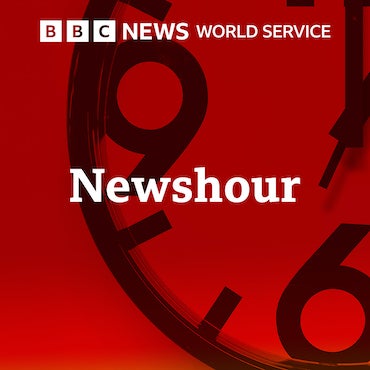KEVIN McCORRY, HOST: I’m Kevin McCorry and this is ‘Jukebox Journey.’
[MUSIC MONTAGE: “Steal My Kisses” by Ben Harper and the Innocent Criminals, “How Many More Times” by Led Zeppelin, “Steal My Sunshine” by Len]
KM: We’re unstuck in time, jumping through decades and genres, meditating on a theme.
This week: Imitation, flattery, theft and AI.
There’s a quote attributed to Pablo Picasso: “Good artists copy; great artists steal.”
[MUSIC: “The Firebird Suite, 1919” by Igor Stravinsky]
KM: In classical music, Igor Stravinsky is well known as a composer who liked to “borrow” from his idols. He heard this from Tchaikovsky:
[MUSIC: Piano chord progression composed by Pyotr Ilyich Tchaikovsky]
KM: And then made this of his own:
[MUSIC: Piano chord progression composed by Igor Stravinsky]
KM: As the record industry boomed in the 1960s and 70s, examples of quote “influence” were rampant — and very often straight-up unfair.
[MUSIC: “You Need Love” by Muddy Waters]
KM: In 1962, Muddy Waters released this track written by Willie Dixon.
[MUSIC SWELL]
Seven years later, Led Zeppelin were out with this …“original composition.”
[MUSIC: “Whole Lotta Love” by Led Zeppelin]
KM: It took until 1985 for Dixon to get credit and royalties on the track.
[MUSIC SWELL]
Led Zeppelin lead singer Robert Plant later said: “You only get caught when you are successful. That’s the game.”
Hip-hop took the idea of interpolation to the next level. It started as a live party art form in the early ‘70s, and made the leap to mainstream in 1979.
[MUSIC: “Rappers’ Delight” by The Sugarhill Gang]
KM: That’s when The Sugarhill Gang reimagined the Chic hit from that summer, a move that also brought legal challenges.
[MUSIC: “Good Times” by Chic]
By the 1990s, the technology evolved to the point that chopping and layering samples became a sophisticated artform.
[MUSIC: “Hip 2 Da Game” by Lord Finesse]
This hit from Lord Finesse from 1996 fused jazz pianist Oscar Peterson from 1972:
[MUSIC: “Dream of You” by Oscar Peterson and Milt Jackson]
With the drumbeat from this Detroit Emeralds song from 1973:
[MUSIC: “You’re getting a Little Too Smart” by The Detroit Emeralds]
Plus a little Carla Thomas singing in 1967:
[MUSIC: “Tramp” by Otis Redding and Carla Thomas]
[MUSIC: “Hip 2 Da Game” by Lord Fitness]
It helped lay the blueprint for the sampling that we now take for granted in a lot of modern pop — including Drake, inspired by Timmy Thomas.
[MUSIC MONTAGE: “Why Can’t We Live Together” by Timmy Thomas and “Hotline Bling” by Drake]
But now we’re on the precipice of something different:
[MUSIC: “Heart on My Sleeve” by Ghostwriter977]
This 2023 track seemingly from Drake and The Weeknd went viral: 15 million streams on TikTok before Universal Music Group had it pulled down for being made with Artificial Intelligence.
[MUSIC SWELL]
As the neural networks get better, the floodgates will open wider.
Once upon a time a group of musicians could say: What if it’s like The Stooges:
[MUSIC: “I Wanna Be Your Dog” by The Stooges]
Nut also the Ronnettes?
[MUSIC: “Be My Baby” by The Ronettes]
And then those guys became The Ramones:
[MUSIC: “I Want to Be Your Boyfriend” by The Ramones]
Permutations like that are becoming as easy as a few keystrokes.
As of now, most, if not all, of what’s created is “slop,” like this AI track I made in a matter of seconds:
[MUSIC: “Diamond Tears” made with Suno AI]
KM: But 10, 20, 50 years from now: how much better could it get? Especially if the record industry gives Big Tech rights to its back catalogue.
Maybe AI prompters will be considered the best musical artists of their day — thieves of the most soulless and efficient order.
But, maybe, as much as things change, the yearning for something authentically human will stay the same — perhaps becoming even more valuable.
Live art, made by live people, alive together in a room.
[MUSIC: “Bring it on Home to Me” by Sam Cooke, live 1963]
Sam Cooke, singing on his stunning album from 1963.
I’m Kevin McCorry and this has been a Jukebox Journey on WHYY.
collapse





